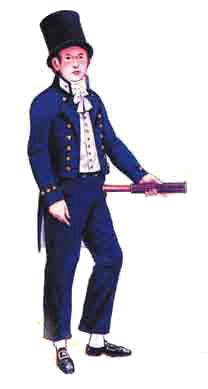Home
‘Schoolies’: Teachers of the Royal Navy and Royal Marines
1700-1914
Glenn M Stein, FRGS, Florida, USA
|
These writings were spawned from the desire to assemble a roll of officially named medals to schoolies, representing actions and campaigns from 1793-1914. In due course, the conflicting and confusing information often encountered about the evolution of the ranks/rates and roles of maritime teachers challenged me to create an accompanying historical overview. Due to the dearth of knowledge, serious gaps still exist in respect of the Royal Marines and Royal Marine Artillery. At this point, it is convenient to mention the Indian Navy, Bombay Marine and Bengal Marine. Since only the barest threads have come to light concerning schoolies in these organisations, the assumption is they evolved along the same lines as their Royal Navy counterparts. In 1841 the rank of ‘schoolmaster’ was in existence in the Indian Navy, with a per diem on a par with a lieutenant (three rupees). At the time of the service’s abolition in 1863, the monthly pay of a naval instructor was equal to that of a lieutenant commanding a vessel entitled to a commander (500 rupees). Seamen’s schoolmasters were 1st class petty officers and received 33 rupees per month. Royal Navy midshipman 1812 Beginnings Their Lordships did not introduce education out of benevolence, but to a specific end: on-the-job training for future naval officers, with the aim of improving the standard of navigation in the service. These future officers came in two forms – captain’s servant and volunteer per order. The progression of these two ratings became complex, and will be dealt with here in only a limited manner. A captain’s servant was appointed by the captain and was
often the son of a relation or friend. The rate was abolished in 1794 and
replaced with three specific ‘boy’ ratings:
A volunteer per order (also known as King’s Letter Boy) was introduced by regulations of 1676 and existed until 1729, the aim being to obtain suitable candidates for ‘the art and practice of navigation in order to the fitting them for further employment in our service’ . He was armed with a letter from the king, which ordered a ship’s commander to take the young man aboard and train in him in the same manner as a captain’s servant. The volunteer per order was to be not older than 16 years of age and be paid an annual salary of £24. |
